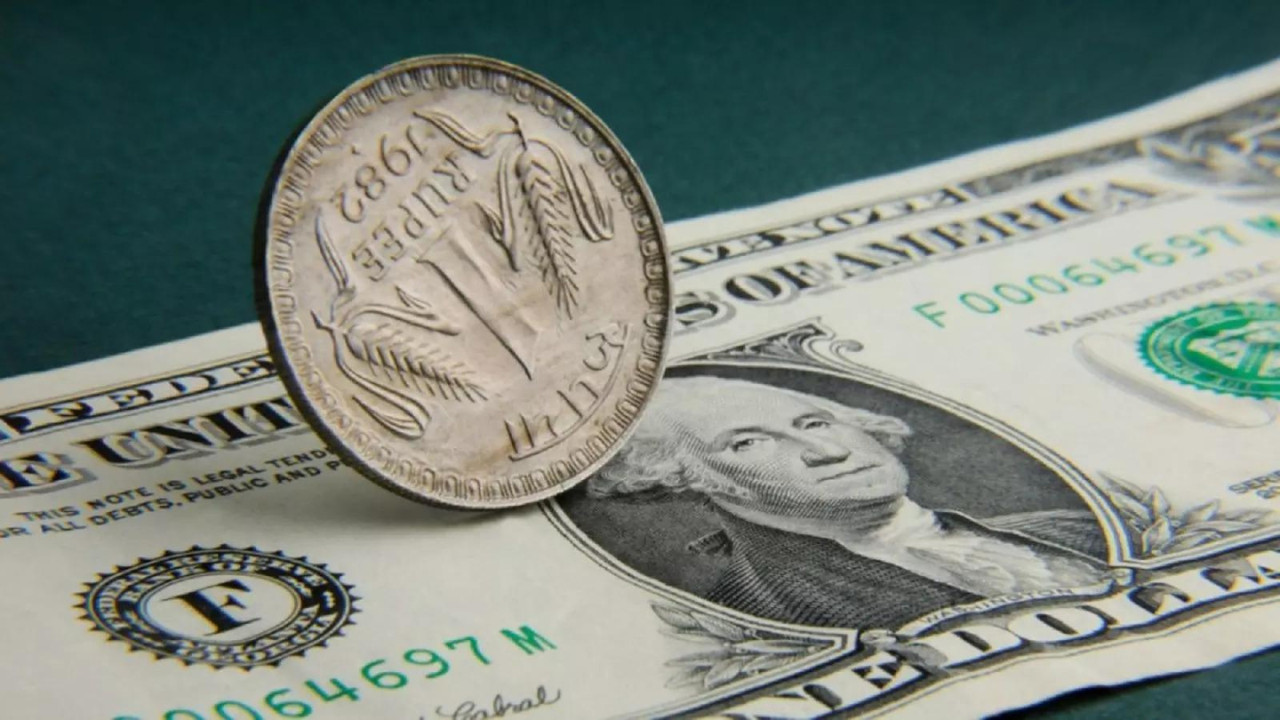The rupee strengthened to 85.76 against the US dollar, buoyed by a weaker dollar and lower crude oil prices. Gains were capped by persistent foreign fund outflows and uncertainty surrounding India-US trade talks. India’s merchandise exports remained steady, while the trade deficit narrowed, and domestic equities closed in the green with FIIs turning net buyers.
Riding the Forex Rollercoaster: What’s Driving the Rupee’s Recent Gains?
The Indian Rupee has been on a bit of a ride lately, hasn’t it? Like a seasoned traveler navigating a winding mountain road, it’s been dodging potholes of global economic uncertainty and revving up on bursts of positive momentum. Just recently, we saw the Rupee climb 16 paise to settle at 83.76 against the US dollar. But what fueled this upward tick? Let’s unpack the key drivers behind the Rupee’s performance.
The Slippery Slope of Crude Oil Prices and its Effect on the Rupee
One significant factor influencing the Rupee’s trajectory is the price of crude oil. Think of India as a thirsty giant, heavily reliant on importing oil to quench its energy needs. When crude oil prices dip, it’s like finding a refreshing oasis. The recent slide in crude oil prices has acted as a welcome relief for India, easing pressure on its import bill and, in turn, bolstering the Rupee. A cheaper energy supply not only reduces the outflow of dollars but also has a trickle-down effect on inflation, further strengthening the Rupee’s position.

A Weakening Greenback: Opportunity Knocks for the Rupee
The US dollar, the undisputed king of currencies, hasn’t been feeling its best lately. A softening dollar often creates an opening for other currencies to flex their muscles. It’s like a shift in the global power balance, where emerging market currencies, including the Rupee, get a chance to shine. The weakness in the greenback can be attributed to various factors, including evolving expectations surrounding US Federal Reserve policy. When the dollar stumbles, the Indian Rupee often finds a firmer footing.
Decoding the Sentiment: Why Market Optimism Matters
Financial markets are driven by numbers, sure, but they are equally swayed by sentiment. It’s the invisible current that can amplify gains or deepen losses. The recent appreciation of the Rupee also reflects a broader positive sentiment prevailing in the market. This optimism could stem from encouraging economic indicators, successful policy initiatives, or even just a collective belief that things are moving in the right direction. Such positive vibes attract foreign investment, further boosting the Rupee. This is not to say there are not other influences on sentiment – like global geopolitical events, or domestic policy – but they are hard to predict.
The Push and Pull of Global Factors on the Rupee
Of course, the Rupee doesn’t exist in a vacuum. It’s constantly being influenced by a complex interplay of global factors. Think of it as a tug-of-war, with various forces pulling in different directions. Besides crude oil prices and the dollar’s strength, global trade dynamics, geopolitical risks, and investor risk appetite all play a role. For example, escalating trade tensions could trigger risk aversion, leading investors to flock to safe-haven currencies like the dollar, thereby putting downward pressure on the Rupee.
Interested in how these global trends impact other financial markets? Learn more about [investment strategies during times of uncertainty](internal-link-to-related-content).
Navigating the Volatility: What Lies Ahead for the Rupee?
Predicting currency movements with certainty is a fool’s errand. The forex market is notoriously volatile, and unforeseen events can quickly alter the landscape. However, by understanding the key drivers influencing the Rupee, we can gain a better perspective on its potential trajectory. Monitoring crude oil prices, keeping a close eye on the dollar’s movements, and gauging overall market sentiment are crucial for anyone looking to navigate the Rupee’s fluctuations.
Ultimately, the Rupee’s future hinges on a delicate balance of internal resilience and external realities. How India manages its economic growth, inflation, and fiscal policies will undoubtedly influence its currency’s strength. Equally important is how it weathers the storms of global economic uncertainty and capitalizes on opportunities as they arise. So, keep watching, keep learning, and be prepared for more twists and turns on the forex rollercoaster.
URL Slug: rupee-gains-explained







